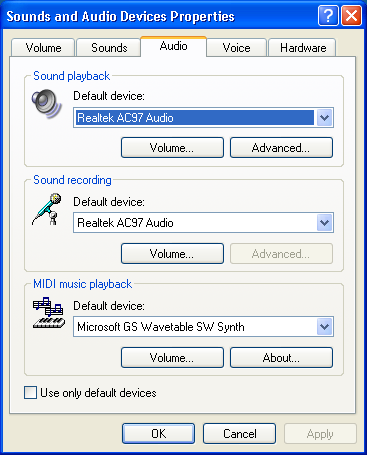
Now switch over to the Recording tab, and you’ll see a new CABLE Output device listed with your microphones. Select it and then set it as the default. You should see a new CABLE Input device on your list of speakers and headphones. It’s elegantly designed, and once you figure out the basics, it’s not particularly difficult to use. They work much like each other and offer few, minor changes. Switch to the Playback tab of the Sound dialog box. Voicemeeter Banana is one of those pieces of software you didn’t know you needed, but then you can’t live without. You can also use hardware connections with VM and VB, so you have more flexibility in audio links. Yes, both VB Cable and Voicemeeter are free to use while offering different settings. You can use it on computers running Windows XP or later. Voicemeeter has the most attractive design among the three alternatives.

Similarly, there are several other cases where you can use the Audio Router in Windows 10 and it can be useful for you. But since there is a huge difference between their audio quality, changing them using the Audio Router can be quite useful. All three lack compatibility across platforms, unfortunately. By default, it might be using the webcam of your webcam. VB-Cable and Voicemeeter are free, while VAC is not. Its use of excessive jargon is also off-putting. The interface is poorly designed and has little appeal. However, the software is rather difficult to use.Įven though it has a user manual, unlike VB-Cable, VAC falls short in every way when considering design. You will find the quality of the output to be the same as the input. Version 2.0.6.8 (November 2022) DOWNLOAD POTATO FOR AUDIO PROFESSIONALS. When you use VAC to create a virtual cable to transfer audio, there should be no worry of latency in the link when it connects to an application. So my question is how to create virtual audio devices and route audio streams between them.Why would you have a physical audio connection when you can have a virtual one? VAC helps create virtual audio connections. However it does not provide any APIs to create virtual audio device and route audio streams between audio devices. I tried VAC (Virtual Audio Cable), things work fine.


application loopbackcapture exactly does what I want, but it only supports Windows 11 (I want a much more general solution, Windows 7/8/10/11). 3) Click on the Windows 10 sound settings icon at the top right of Wave Link to open the. I want to broadcast the Windows system audio except my own app's one. 1) Open Wave Link 2) Add the input to Wave Link which will be used.


 0 kommentar(er)
0 kommentar(er)
